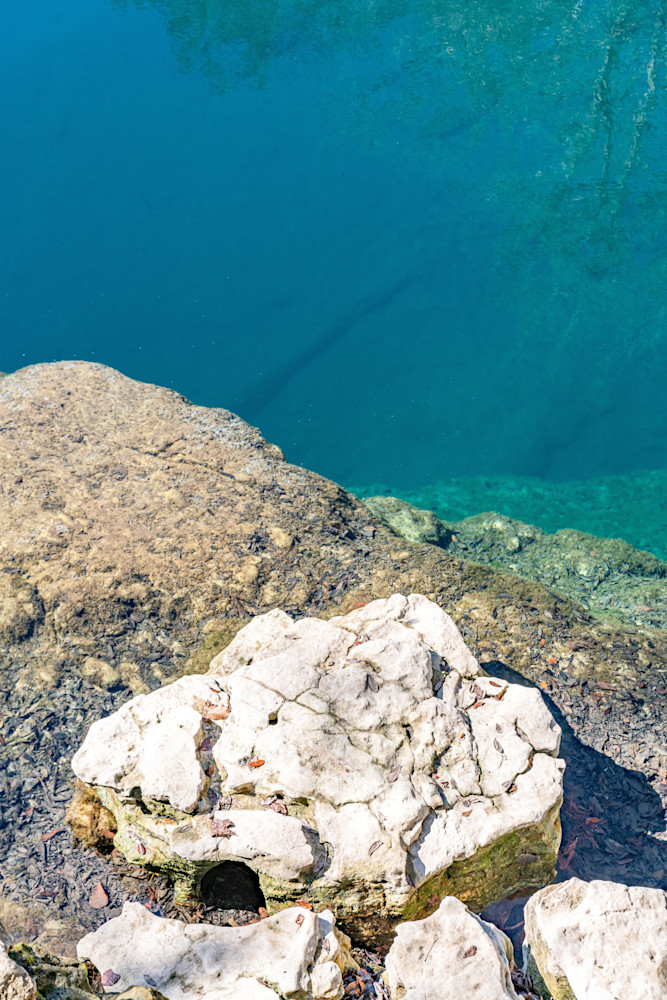springs in Florida typically have certain common geological features. Here's a general overview of the typical layers associated with Florida springs:
1. **Aquifer System:** Florida springs are often connected to the Floridan Aquifer, a vast and complex system of underground porous limestone that stores and transmits water. The aquifer provides the water source for many springs, including Royal Springs.
2. **Conduit System:** Within the aquifer, there are conduits or channels formed by the dissolution of limestone. These conduits act as pathways for groundwater to flow towards the spring openings.
3. **Spring Pool:** The spring pool is the surface expression of the spring, where water emerges from the underground aquifer and becomes visible. The pool is often characterized by clear, cool water.
4. **Spring Run:** The water from the spring pool may form a spring run, which is a channel of water that extends from the spring. This run can vary in length and may lead to larger bodies of water, such as rivers or lakes.
5. **Vegetation and Sediment Layers:** Around the spring pool and run, there may be layers of aquatic vegetation and sediment. Aquatic plants play a crucial role in maintaining water quality and providing habitat for aquatic life.
For specific details about the geological and hydrological layers of Royal Springs, it would be best to consult geological studies, hydrological surveys, or information provided by relevant environmental agencies. Local park authorities or environmental organizations associated with the management of Royal Springs may also have detailed information on its geological features.
















